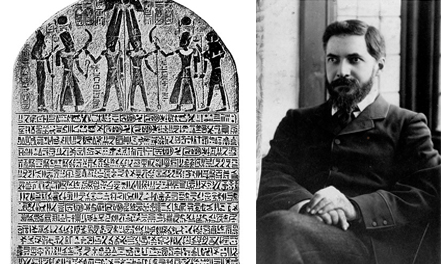
Flinders Petrie, pioneer of Egyptology
Sir W.M. Flinders Petrie (1853-1942) did not know his grandfather, Lincolnshire-born Captain Matthew Flinders (1774-1814), who was the first to survey Australia’s coastline, but he certainly seemed to inherit his attention to detail and taste for adventure. Born in Kent, the young Petrie was home-schooled and learnt surveying and trigonometry from his father and his books.
He became fascinated by the Egyptian pyramids and felt compelled to begin making field trips to English ancient monumental sites, in preparation for his ultimate wish to visit and study Giza. He published ‘Stonehenge: Plans, Description and Theories’ in 1880 and this was highly regarded for Petrie’s explanation of the structure’s geometry. He then began 40 years of Egyptian archaeology.
Petrie’s meticulous methods of excavation and insistence on cataloguing everything found were pioneering. He developed a system of identifying the chronology of pottery pieces according to their design and depth in the soil. His discoveries included parts of a previously unknown statue of Ramses II in 1884. He worked at over 30 different sites in Egypt and surrounding countries and found numerous Greek and Roman artefacts too, although he did not place much academic value on these. London’s Petrie Museum has the second largest ancient Egyptian collection in the UK.
(Images LtoR: One of Petrie’s finds at Wikimedia Commons / CC BY 4.0 & snl.no / Public Domain)
